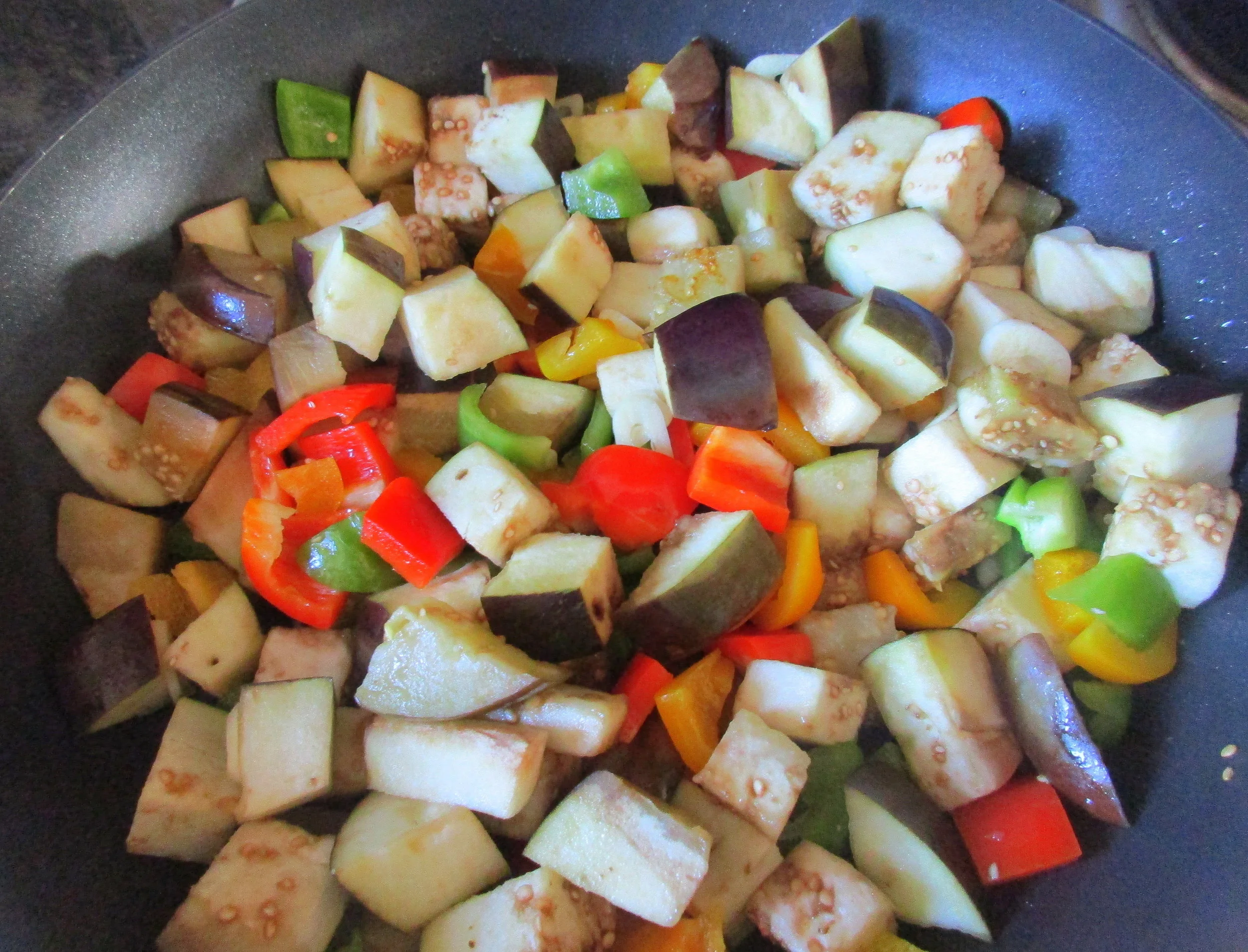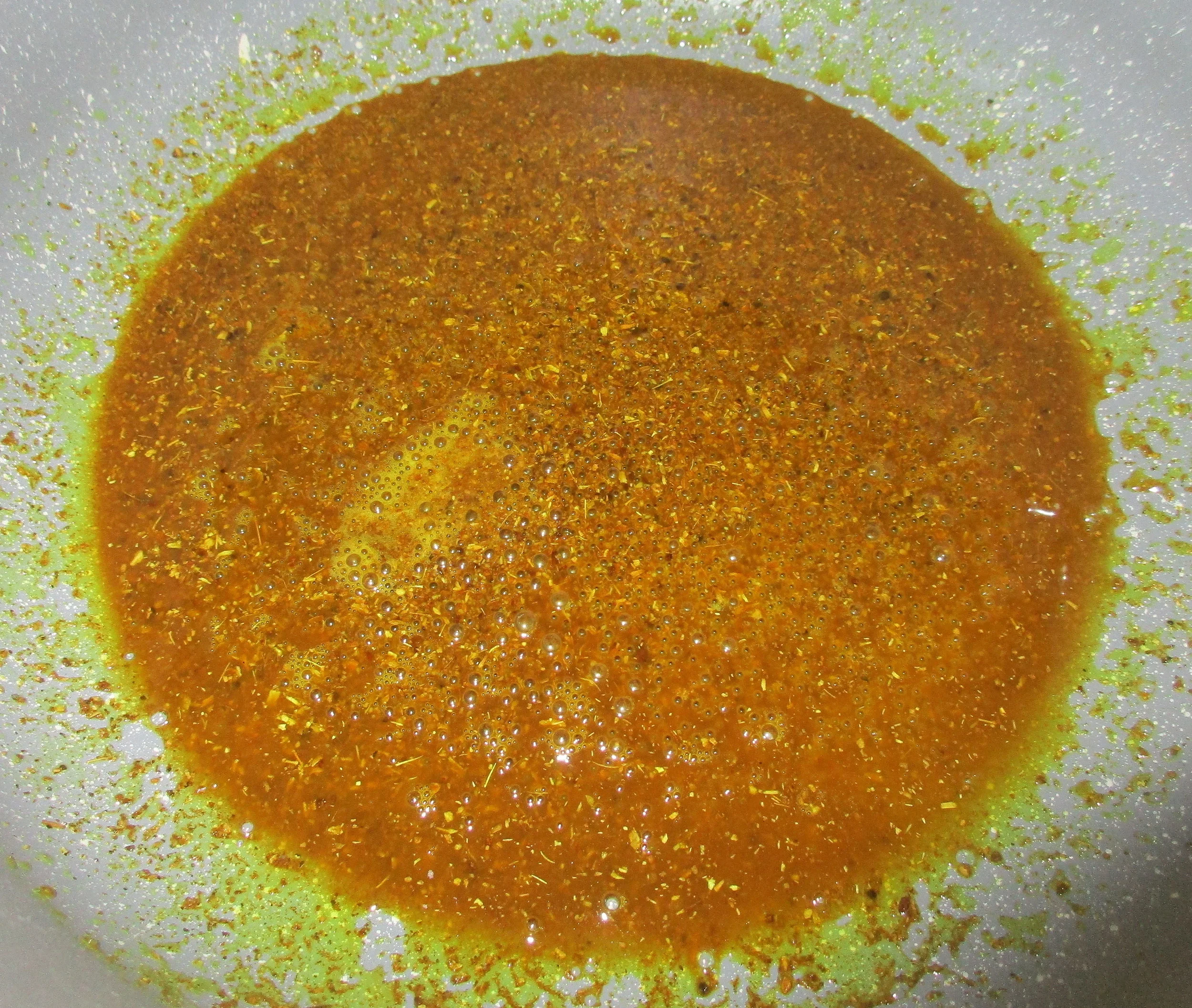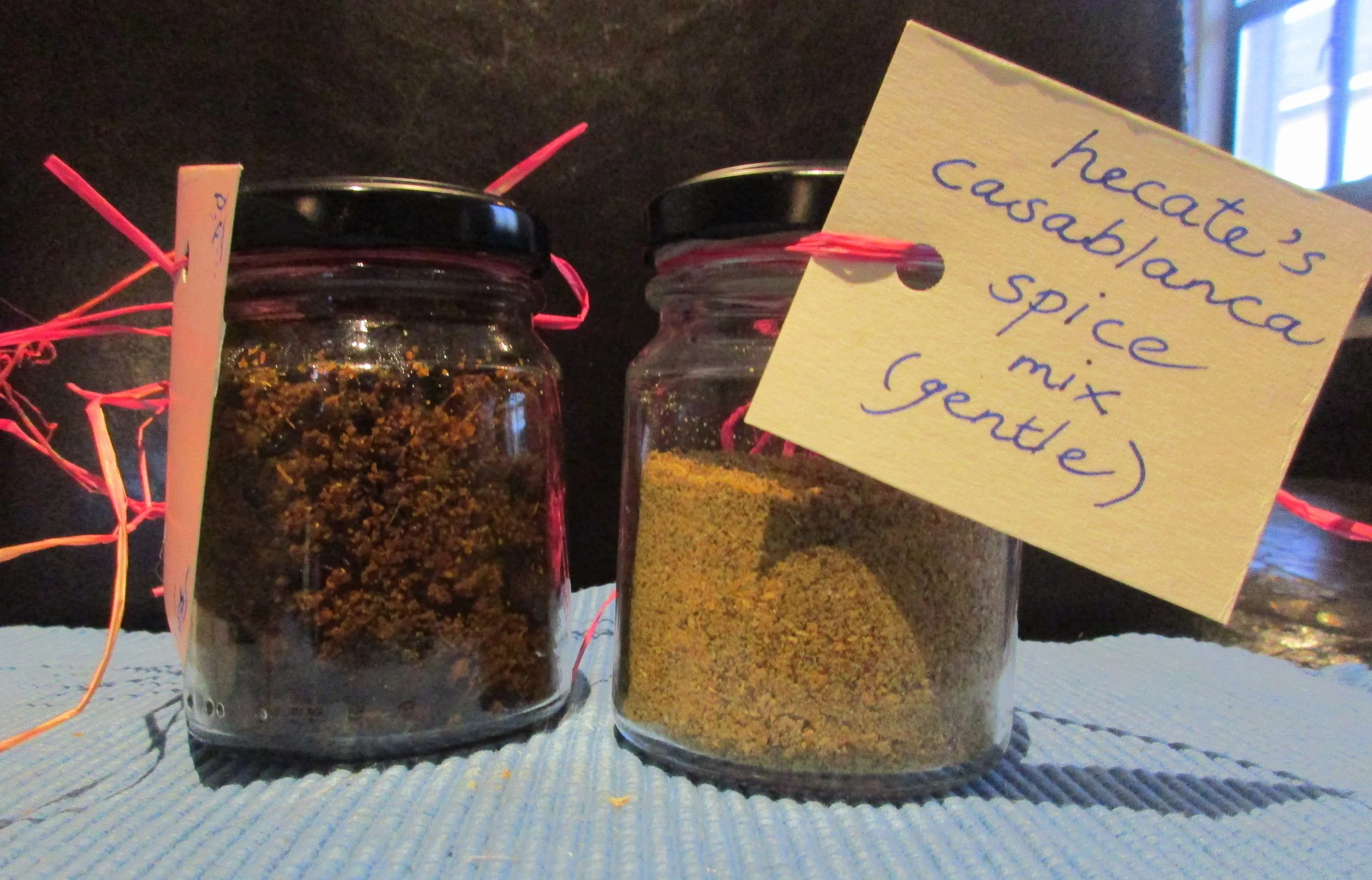1001 Water and Waste-wise ways: The pantry edition
The waste book has gone into production! With a working title of Waste Wise: 169 Ways to Save the Planet (final title will depend on how many tips get added). Thanks to the super-efficient folk at Bookstorm, you can expect to see it in bookshops in about six weeks time — we’ll keep you posted.
I’ve seldom been so relieved to hit “send” on a manuscript. I found grappling with the issues not just hard — as in the truths now staring us in the face are hard (terrifying, too) — but because I kept having to revise the way I think. But that’s a topic for another day. The grand thing about getting the waste book into production is that now I can write Number 3 in my green series: the cookbook I’ve wanted to write all my life. Hurray! Expect to read a lot more here in the near future about the role cooking can play in saving your family, your sanity, your health, and possibly the planet.
I spend Sundays (usually my e-sabbath day) cooking for the week ahead. And as a way of making the shift from the burning issue of waste to the vital matter of (good) food, I decided that apart from absolute essentials (I had to stock up on onions and garlic), I was going to take a leaf from my own book, go shopping in the fridge and pantry, and create dishes with what I already had.
Following Megan Kerr’s famous principles of using the stuff with the shortest shelf/fridge life first, I unearthed: an open carton of longlife milk the cats were beginning to turn their noses up at; a bunch of wilting spring onions, a brinjal, two and a half carrots, one lonely spud, an equally lonely sweet potato, three wrinkly peppers and half a red cabbage; a quarter jar of cranberries left over from Christmas; half a box of oats; a litre of double-cream yoghurt and a jar of tahini (half-price specials because they were about to hit their sell-by dates). Then I had five bottles of oil and vinegar with an inch left in each of them. I also had a jar of dark, intensely flavoured honey from the Low Impact Living deli (which came with a full history of the bees and hives), the rare treat of cheap hazelnuts (spotted at the Peachpip farmstall and pounced upon) and a vast assortment of spices. I’ve learned that the latter need to be used up at a steady rate, or they lose their pungency. I’d also scored punnets of raspberries and tomatoes the day before from a Community Exchange market (in other words, I paid for them in “talents” not rands); I had lemons from a friend’s tree; and rainbow chard, rocket, basil and mint a-plenty in the veg bed.
So this is what I made. A raspberry mousse (the berries whizzed with yoghurt and honey). Toasted granola — that took care of the oats, hazelnuts and cranberries. (Breakfast the next three days was pretty amazing.)
Next I slow-roasted roma tomatoes with garlic, rosemary, the spring onions and the last splodge of balsamic vinegar — the result was a jammy, chunky pasta-tomato sauce. The leftover yoghurt became raita, with mint and the grated zest and juice of a lemon (in fact, lemon zest and juice went into every single dish except the granola). The tired peppers and brinjal were roasted with a LOT of garlic and basil, perked up with the tahini, and turned into baba ganoush.
Into a heavy-bottomed frying pan went whole coriander, cumin, cloves, cardamon pods, dried chillies, a hunk of cinnamon bark and fennel seeds (harvested from my backyard) — these were dry-roasted until the air was dense with fragrance, and blitzed into masala once cool.
And because I bring books into everything, I acknowledge that this particular effort was inspired by the second edition of Durban Curry by Erica Platter and Clinton Friedman (very funny and biting — ha — intro by Ashwin Desai), hot — ha again — off the press. I had also just found a copy of Nico Verster’s Safaris and Spices: An African Food Journey in the back of a church hall, which lovely book starts, sensibly IMO, with spice mixes and rubs. I’ve decided to make masalas my go-to green gifts — read on for more.
But first, all the other veggies were chopped and fried with the last glugs of oil and the masala. I purloined a little chicken from the cats’ defrosting supper, added half a tin of chopped tomato and those chard leaves and stalks starting to look rather frilly from all the snail-chomping. Et voila, a very nice “kitchen-sink” curry (omit the chicken, and you have a tasty, cheap vegan dish). But what was I going to eat for supper? Coleslaw made with the red cabbage, a carrot, red onion, rocket and the raita. Oh, and the milk went into the hot box where it magicked into yoghurt.
I’m going to keep doing this, which is going to be an interesting challenge, given that I’ve discovered cassava flour and dried seaweed hiding behind the usual tins and dried beans in the pantry. I shall keep you posted.
But in the meantime, I had a 50th birthday party to attend: a wonderful celebration of a wonderful person. But what to give as a gift? Once again, I took the advice of my own book: give food — because it’s consumable. Give home-made food so that you’re not just throwing money at the consumer monster. (It’s also much more special, and you can murmur spells or prayers for the recipient as you sift, stir, whir and blend, so it’s good for your mental health, too.) Finally, package everything as gently as possible.
So loving and much-loved Karen got a soft, dry masala mix (no cumin, heavy on the coriander, cinnamon and cardamon) and a very feisty curry paste — I combined every spice I could find with tamarind pulp and fresh ginger, garlic and chilli.
These went into small glass jars (I beg these off my friends), and it gives me great delight to tell you the labels are cut from a pharmacy medicine packet and tied with ten-year-old raffia. I’m having fun — can you tell?








